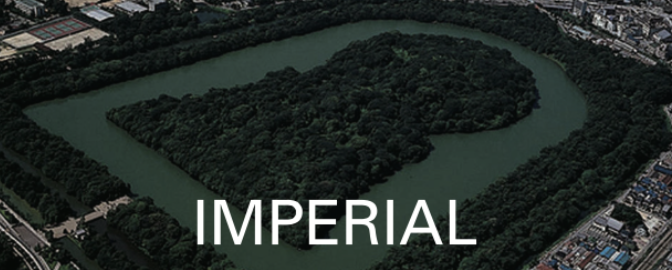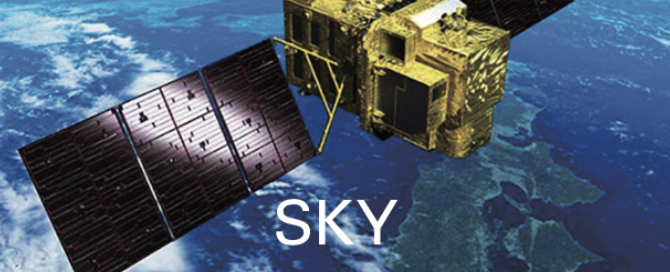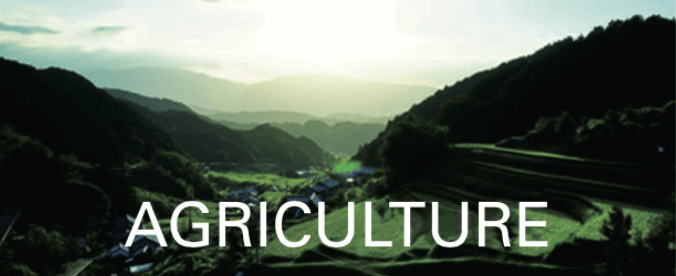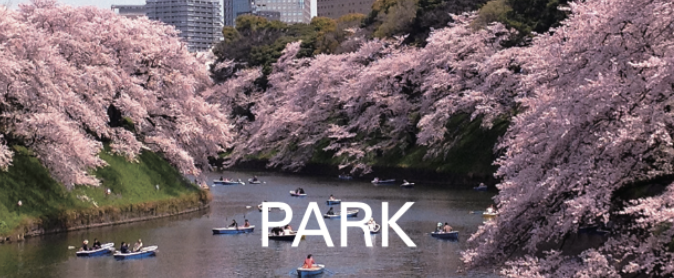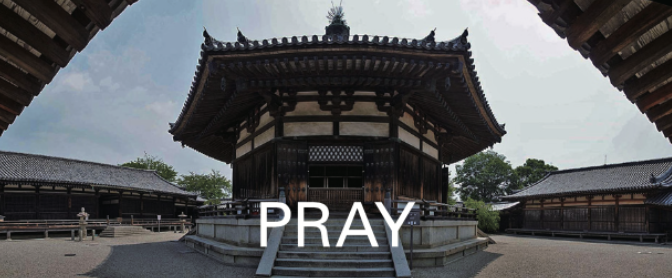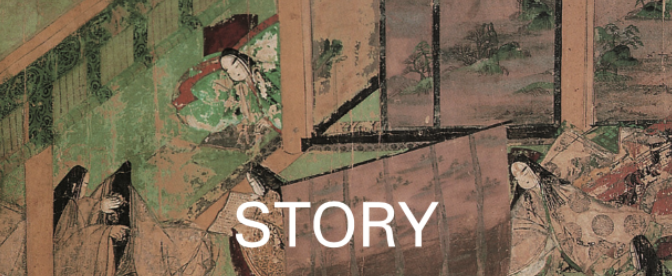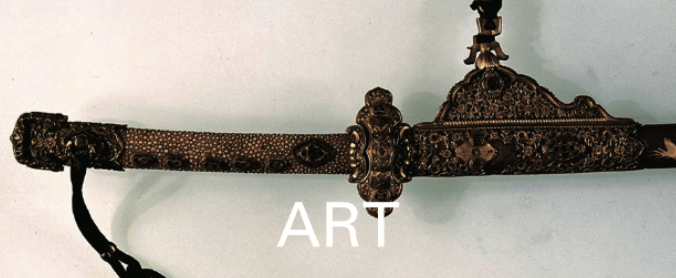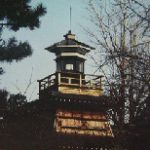
This shrine which enshrines Ise Jingu Shrine spirit, was registered in the Engi-Shiki, the code of Japanese governmental regulation in the 10th century. This shrine began when Prince Yamato-takeru-no-mikoto prayed for the settlement of the eastern provinces and for the people suffering from a drought in his east expedition in 110.
The god of Oohi, the god of sun, has been worshiped by the fishermen since ancient times. In the Kamakura period (1185 – 1333), a hand-written mandala of Nichiren, the founder of the Nichiren Sect, and swords were dedicated.
In the Edo period (1603 – 1868), Tokugawa Ieyasu (1543 – 1616): the founder of the Tokugawa Shogunate, donated the land to this shrine. Nightlights in this shrine ground used to be the guide for night voyages.
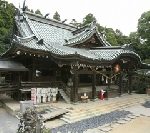
“Worshipping from the cultivators of ancient Japan” -Mount Tsukuba and this shrine have been worshipped since the expansion of agricultural industrialization to Eastern Japan, during the Yayoi period. Wet-Rice farming required intense labor. Here, there was also a rich history of Utagaki, a feast of dancing and singing, celebrating young men and women in ancient Japan.
This shrine enshrines the two gods, Izanagi and Izanami. Izanagi, the male deity who fathered Japan and Izanami, the female deity who mothered Japan, in the mythology of Kuni-umi (the birth of the land of Japan) and Kami-umi (the birth of the God of Japan). From the shrine, you can take a cable car up to Miyukigahara, near the top of Mt. Tsukubasan, which has a superb view.
In the Edo period (1603 – 1868), Utagawa Hiroshige (1797 – 1858), a master of ukiyo-e, woodblock prints and paintings that depicted city pleasures and travel, drew a close-up view of Mt. Tsukubasan on the horizon of Edo (Tokyo).
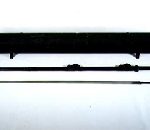
Takemikazuchi no mikoto, the enshrined deity of Kashima Jingu shrine, Ibaraki, is a god of military arts. This shrine had been worshiped well by the Imperial House, Sekkanke, the family that produced the Regent and the Chief Adviser to the Emperor, the Fujiwara clan, in the 9th – 11th centuries, worshiped at Kasugataisha shrine Nara, and the shogunate family, of the Genji clan, in the 12th – 13th centuries and the Tokugawa clan, in the 17th – 19th centuries.
This shrine possesses Chokuto Kurourushi-hyomon-tachikoshirae, a Black-lacuered Hyomon, mounted straight sword, from the 8th-9th centuries. It is a National Treasure that descended from the Shosoin (treasure house of Todaiji temple Nara) treasure, Kingindenso no karatachi, a sword made by the ancient lacquer-decorating technique with sprinkled gold power. Takemikazuchi no mikoto, is the thunder god and the god of swords, which enriches the agricultural fields.
You will discover the relationship between this treasure and agriculture industrialization in ancient Japan. This god has the majesty for peace in state security and for bumper crops in agriculture.

Tukiyono, Minakami Town, at the foot of Mt. Tanigawadake and Mt. Mikuniyama, is where the Tone River’s water flows through. In Yaze Shinsui Park, a lawn plaza and a hydrophilic area has been developed, and the remains of the Jomon settlement, the Yazei site, from 3500 to 2300 years ago, was discovered.
Minamoto no Shitago (911- 983), a Japanese courtier and poet, who traveled from Kyoto, made a poem “Beautiful field of Moon Light”, looking at the moon rising from Mt. Mitsuminesan in the east of Tukiyono. The name Tukiyono means “the field of moon light” and came from Shitago’s poem from the Heian period.
This place is a remnant of Japan, with its multi-layered structure.
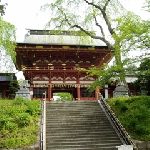
There is Shiwahiko shrine on the site of Sakai Shrine. Shiogama shrine is the Mutsu Ichinomiya, Mutsu most important provincial shrine, and Shiwahiko shrine is the Myoujin Tasiha, a shrine of the highest rank in the Engi-Shiki, the code of Japanese governmental regulation of the 10th century.
Shiogama shrine worships the deity of salt manufacture, Shiotsuchinooji no Kami appeared in Japanese mythology of “Umisachihiko and Yamasachihiko”, as the main enshrined deity. This shrine enshrines gods of the military arts, Takemikazuchi no mikoto, the enshrined deity of Kashima Jingu shrine, Ibaragi, and Futsunushi no kami, enshrined deity of Katori Jingu shrine, Chiba.
Date Masamune (1567 – 1636), a Japanese feudal lord and the founder of the Sendai Domain, moved to Sendai Miyagi in 1600 and built this shrine in 1607. The successive lords were the Supreme Priest of this Shrine, and donated their territories, swords, and scared horses, etc. In particular, the dedication of the sword, which counted 13 degrees in the Edo period, are the crystal of the spirit and skill of various craftsmen, including the Sendai swordsmith.
